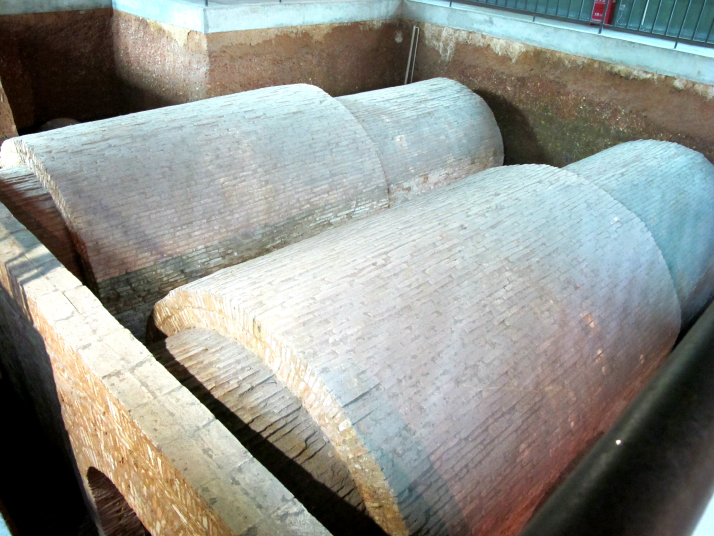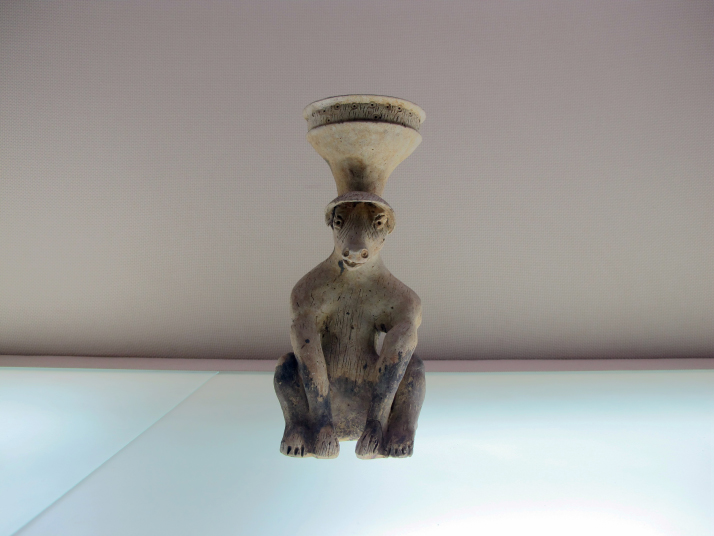| Lifestyle |
| Signs of Ancient Exchange | |
| The extensive cemetery demonstrates the extent of cultural connections with the wider world | |
|
|
 A couples' tomb in the Han‐Cultural Museum of Hepu County, Beihai, south China's Guangxi Zhuang Autonomous Region, on September 12 (LU YAN) The extensive cemetery in Hepu County, Beihai, south China's Guangxi Zhuang Autonomous Region, represents one of the best preserved tomb complexes from the Han Dynasty (221 BC-AD 220). The cemetery, which dates back approximately 2,000 years, contains elaborate tombs with exotic luxury materials that testify to the status of Hepu as an important ancient port along the Maritime Silk Road and demonstrates the extent of that culture's connections with the wider world. Semi-precious gemstones from India and ceramics from the Parthian Empire show how far-flung trade networks had a major impact on both southern China and on other regions with which the people of Hepu had contact throughout Southeast and South Asia.  A lamp holder in a half-man and half-horse shape (LU YAN)
An agate accessory demonstrates the contemporary trading relationship between China and Southeast and South Asia (LU YAN)
A dark drinking vessel shows the advanced glassmaking technology of ancient China. Records show that glassware such as this was exported to South East Asia, the Korean peninsula and the Japanese archipelago (LU YAN)
Dark green glazed pottery from the late Eastern Han Dynasty is evidence of trade links between China and Parthia, modern day Iraq and Iran (LU YAN) (Report from Hepu County) Copyedited by Rebeca Toledo Comments to luyan@bjreview.com |
|
||||||||||||||||||||||||||||
|